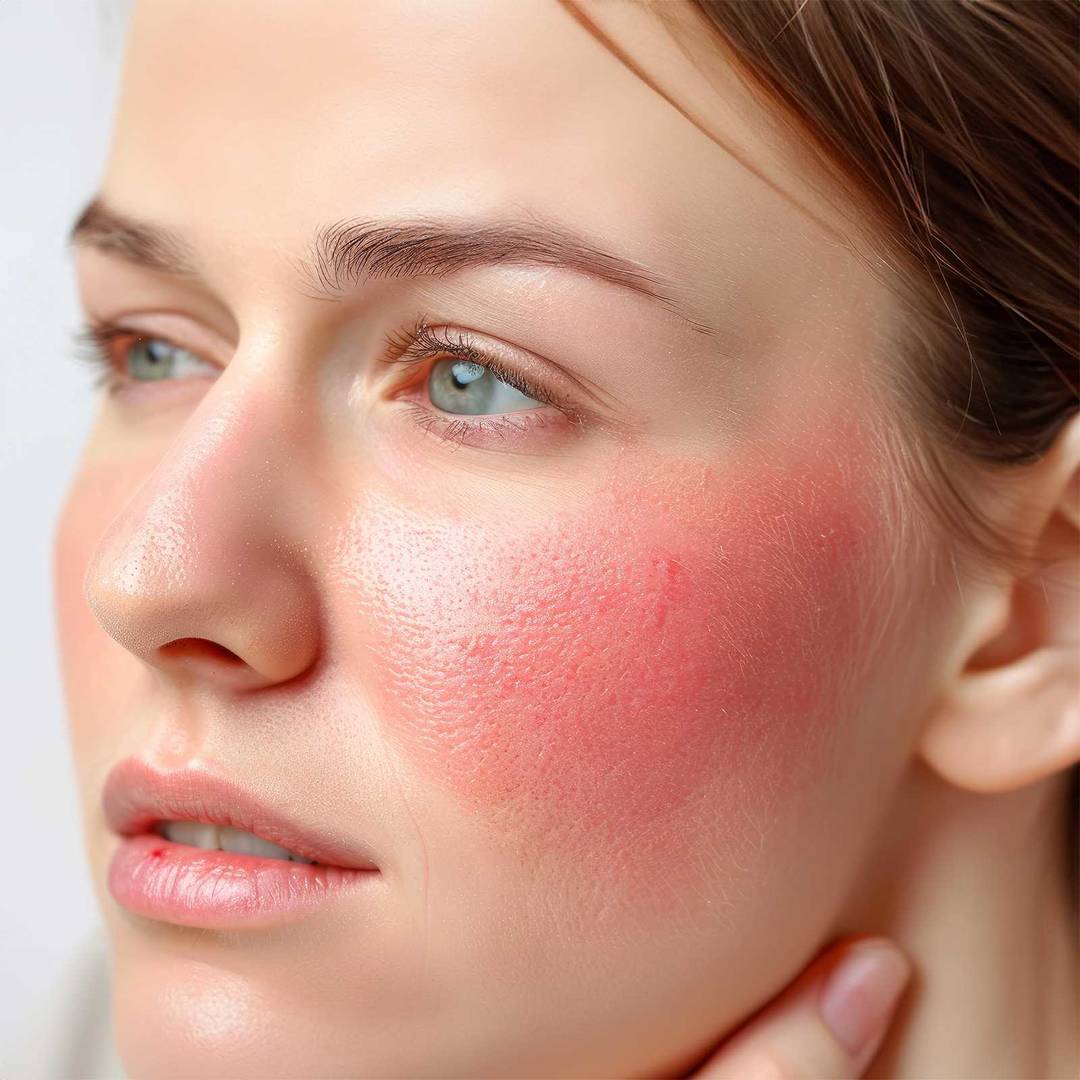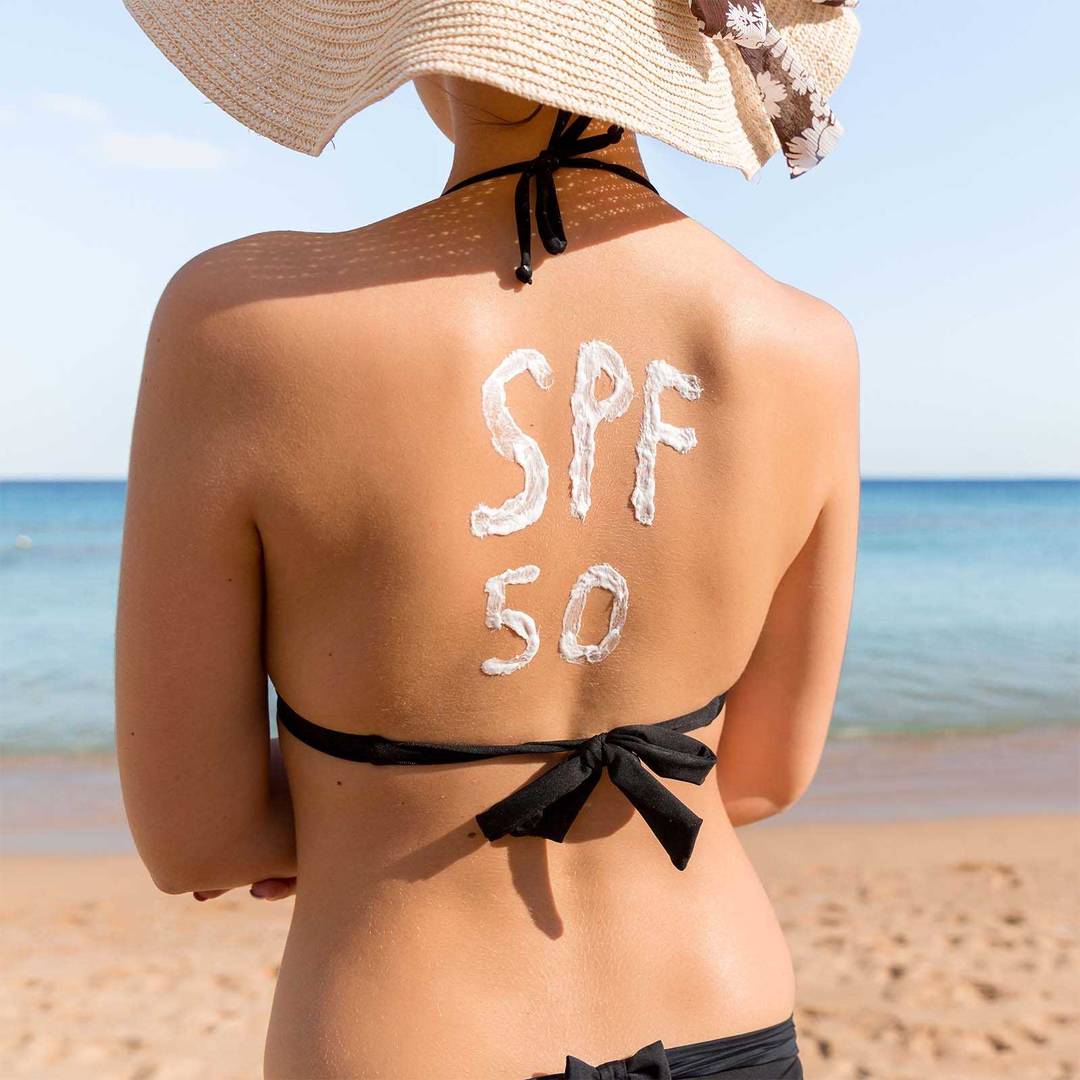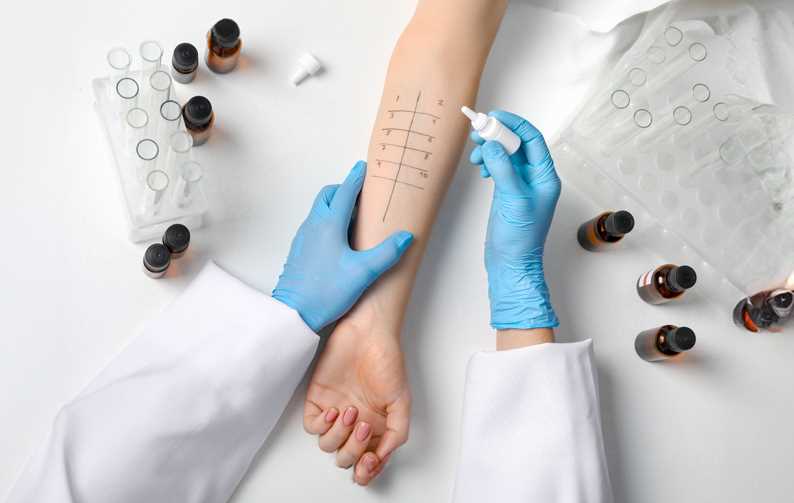Sensory Analysis
How experts raise cosmetic and food products’ qualities.

The sensory analysis is an important stage in developing consumption products, such as cosmetics, food, and beverages. While tests made by consumers provide a valuable vision on preferences of the market, it is on the hands of trained experts that the products are assessed technically in a precise manner. This article explores the difference between tests conducted by experts and consumers, highlighting the importance of the first ones in development of high-quality products.
Trained experts: precision and reliability
Experts in sensory analysis are highly qualified professionals, trained to identity and quantify the sensory nuances that can go by unnoticed by the common consumers. They are trained to detect small variations in texture, scent, flavor and other sensory attributes. This precision is crucial to assure that a product does not only attend, but also overcomes the expected quality standards.
Difference between consumers and experts’ tests
While the consumers tests are focused on personal preferences and subjective perceptions, the experts adopt an analytical and systematic approach. They use strict criteria and standard methodologies to assess the sensory attributes. For example:
• Criteria: intensity scales, discrimination tests and descriptive analyses are used to measure specific attributes, such as smoothness of a lotion or acidity of a juice.
• Perceptions: trained to recognize the small differences, the experts can detect minimal variations that can impact the consistence and quality of the product.
• Presentations Modes: results of the conducted analysis are presented in detailed reports, that support critical decisions on the development and improvement of products.
Application of sensory analysis in diverse industries
Trained experts at ALS are trained to perform sensory analysis not only in cosmetics, but also in food, beverages and other human consumption products. Applications include:
• Cosmetics: Assessment of texture, spreadability and sensation on the skin of creams and lotions.
• Food and Beverages: Analysis of flavor, scent and texture to assure that the products attend the quality standards and preferences of the consumer.
• Other Consumption Products: Toiletry products, such as toothpaste and mouthwashes, wall paints, diapers and sanitizers are also subjected to rigorous sensory analysis to ensure efficacy and acceptability.
The value of reports in sensory analysis
The reports generate from sensory analysis are valuable tools for the industry overall. They provide precise data and insights that support decisions about formulation, product adjustments, and validation of marketing claims. Besides, these reports help to identify the improvement areas and assure the consistence of the product throughout time.
Experts in sensory analysis play a crucial role in development of consumption products. Your capacity of assessing and quantifying the sensory attributes with precision provides a solid basis for innovation and guarantee of quality. At ALS, these experts are part of the development process, giving insights that help companies create new product that not only attend but overcome the consumers’ expectations.
























































